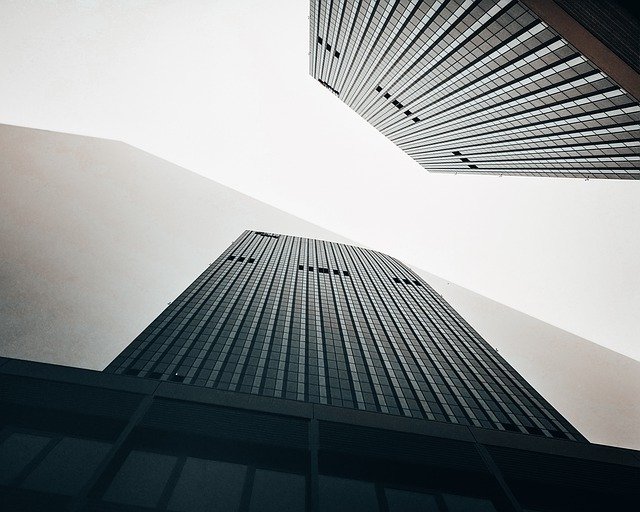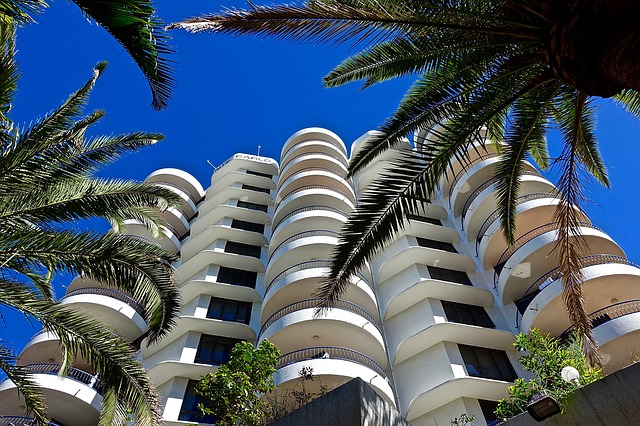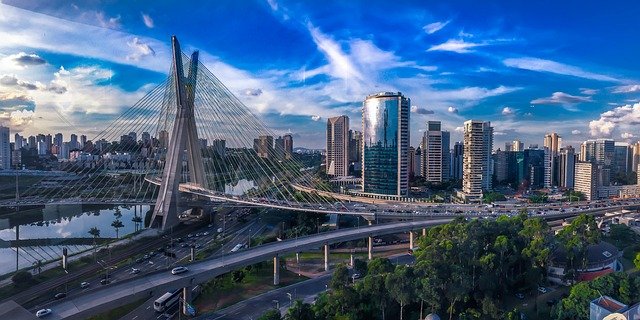As you finish this introduction, hundreds more people will be born. Statistics show that more than 250 babies are born every minute. The pandemic slowed down the birth rate, but not much, averaging only a 7.3% decline by December 2020. In fact, in some developing countries, the lockdown caused a baby boom among low-income households.
This is a contributed post and do not necessarily reflect the opinions of Meet The Harris Family.
As the world returns to normal, these numbers are expected to return to normal rates as well. Even with a slower pace, the world population will continue to increase. We are expected to peak at nearly 11 billion by 2100.
With the population at its peak, the world will face a slew of problems, particularly regarding conflicts over territories and resources. But urban planners are vying for a solution: vertical living.
The Evolution of Urban Planning
The motivations that drive the city’s designs have changed over the years. Previously, cities were constructed to provide a seat of power for the government and the church, a fortified area protected from outside forces. Early town plans revolve around an important building, such as a cathedral. These key structures defined the placement of the plaza, an open public square, which used to be the center of public life.
By the turn of the century, we saw a paradigm shift. Fast-paced contemporary culture decreased each person’s public sphere. The scarcity of land saw no room for vast, open spaces that serve no other function than to provide a place for an afternoon stroll. Instead of large gathering spaces, we now have “condo amenities,” the contemporary plaza for high-rise living.
High Rise on the Rise

Now is the time to invest in condos. More entrepreneurs are finding a condo for sale, whether locally or internationally. As the demand for high-rise living increases even more, property investment will continue to be a global economy mover. In times of financial instability, international real estate provides diversification that allows investors to maneuver through the ups and downs of each market.
Real estate developers are likewise rediscovering the power of dense communities. By constructing more skyscrapers, they foster a vertical urban plan that will save us from the growing population.
How We’ve Come to Live More Vertically
The average number of residential building floors is increasing consistently. From three floors per apartment building in the ’90s, the average rose to four floors in the 2000s, to six floors in the early 2010s. Before we complete another decade, the number of building floors has already increased to an average of 15 stories.
Boston fully embraces vertical living. It has seen more high-rise spaces than any other American city. On the other hand, some cities are not quick to jump on the bandwagon. In Jacksonville, Florida, 92% of developments are still low-rise.
The same is true for Las Vegas. Since people mostly visit Las Vegas for a good time, and not for the long run, most of the city’s residences remain low-rise and mid-rise.
Future Urban Planning: Vertical Living
With vertical living, the sky’s the limit. Slim, slender structures are soaring across neighborhoods, and there will be more of them to come. Far from being a stopgap solution, vertical living has driven improvements in real estate design, as it challenged developers to come up with ingenious architectural solutions for congested city landscapes.

Vertical living will likely be the future of the metropolis. In some parts of the world, pioneering architects are already crafting prototypes for this visionary world.
The Interlace: A Vertical Village in Singapore
Designed by architect and urbanist Ole Scheeren and the Office Metropolitan Architecture (OMA),The Interlace consists of 31 six-story apartment blocks stacked in hexagonal shapes. In 2015, it was crowned the World Building of the Year at the World Architecture Awards.
This vertical village creates a stunning view between Bukit Merah and Queenstown, Singapore. Its innovative design, resembling Jenga blocks stacked upon each other, provides a break from the usual metropolitan skyscrapers.
Beyond the aesthetic appeal, The Interlace was crafted with high regard for each resident’s experience. The hexagonal design provides almost every unit a wide view of the city lights and natural landscapes surrounding the complex.
Scheeren aims to provide a solution against the common issues that plague high-rise living: loneliness and isolation. Scheeren describes his design as a “vertical village embedded in a rich landscape of activities and nature.” Through his version of the vertical village, he encourages shared living among residents, with amenities like karaoke bars and game rooms. In addition, a one-kilometer running track surrounding the property can be reached by residents through the complex’s internal courtyards.
The New Urban Typology
The Interlace proves that vertical landscapes don’t have to look and feel boring. By pushing the boundaries of design, we can create a new urban typology, a vertical urban space where everyone can connect with nature and one another.


